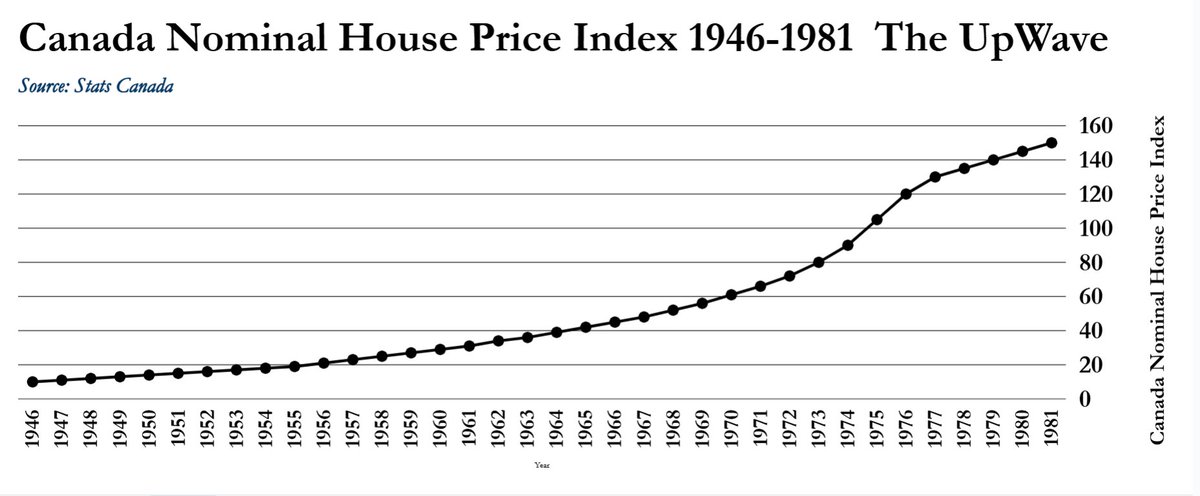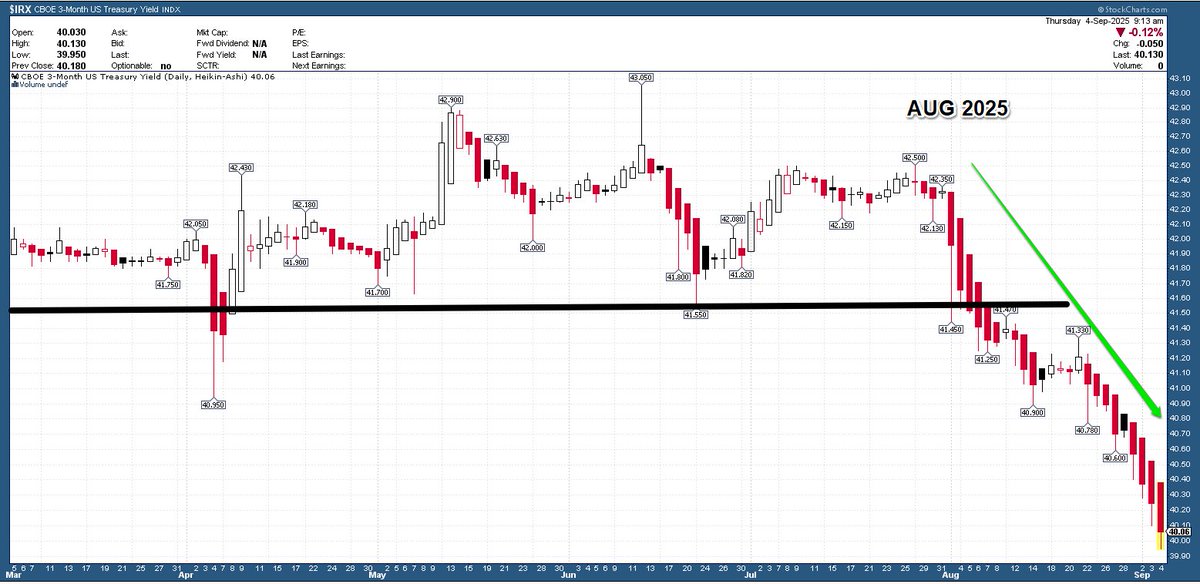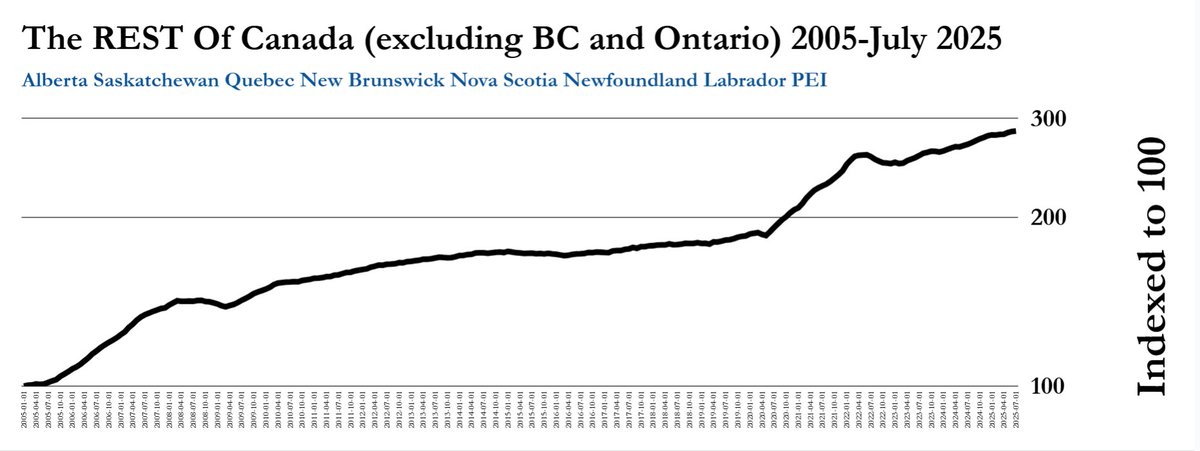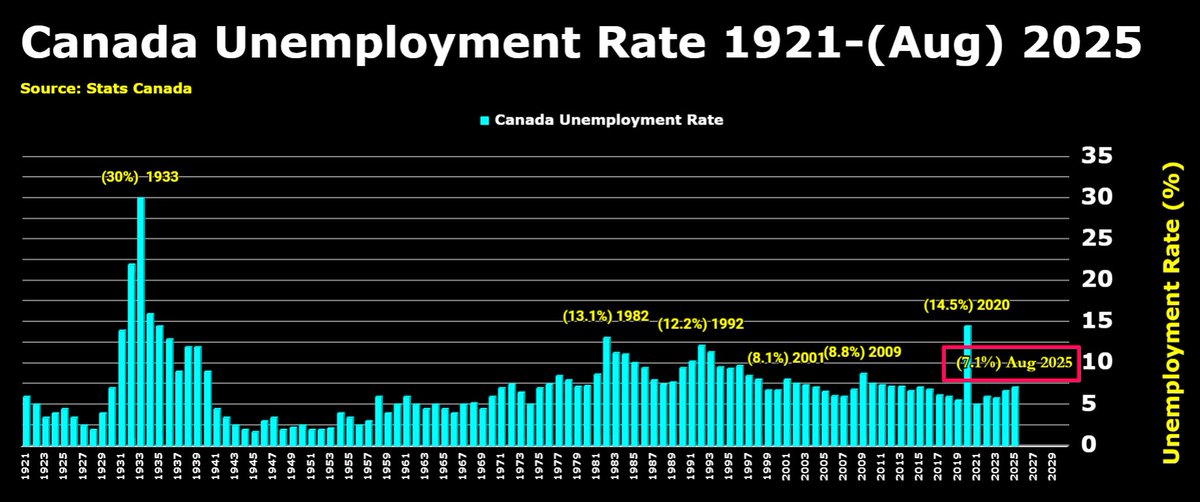
The Economic LongWave
@theelongwave
Exploring the Past, Forecasting the Future, Historian, Macroeconomist, LongWave Theorist, Navigating the Seas of Social, Political & Technological Change.
ID: 1212394617020137474
https://economiclongwave.com/ 01-01-2020 15:26:48
20,20K Tweet
13,13K Followers
1,1K Following













